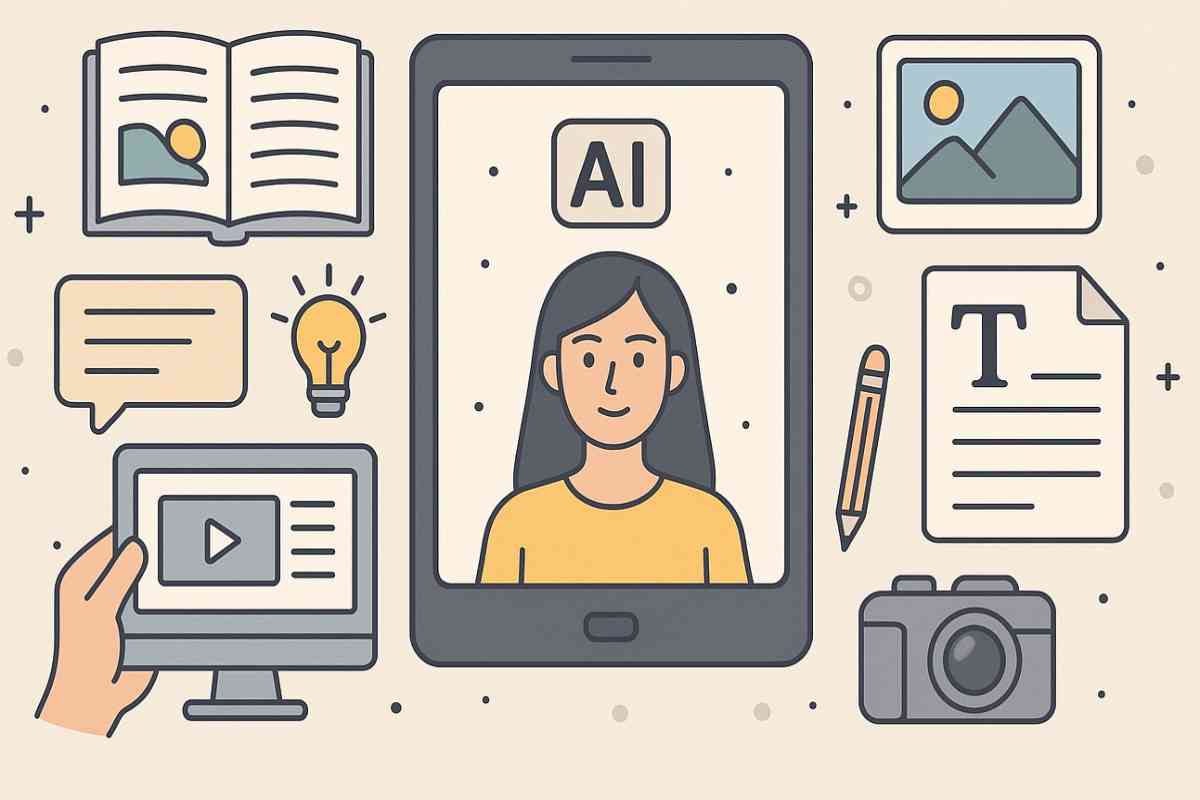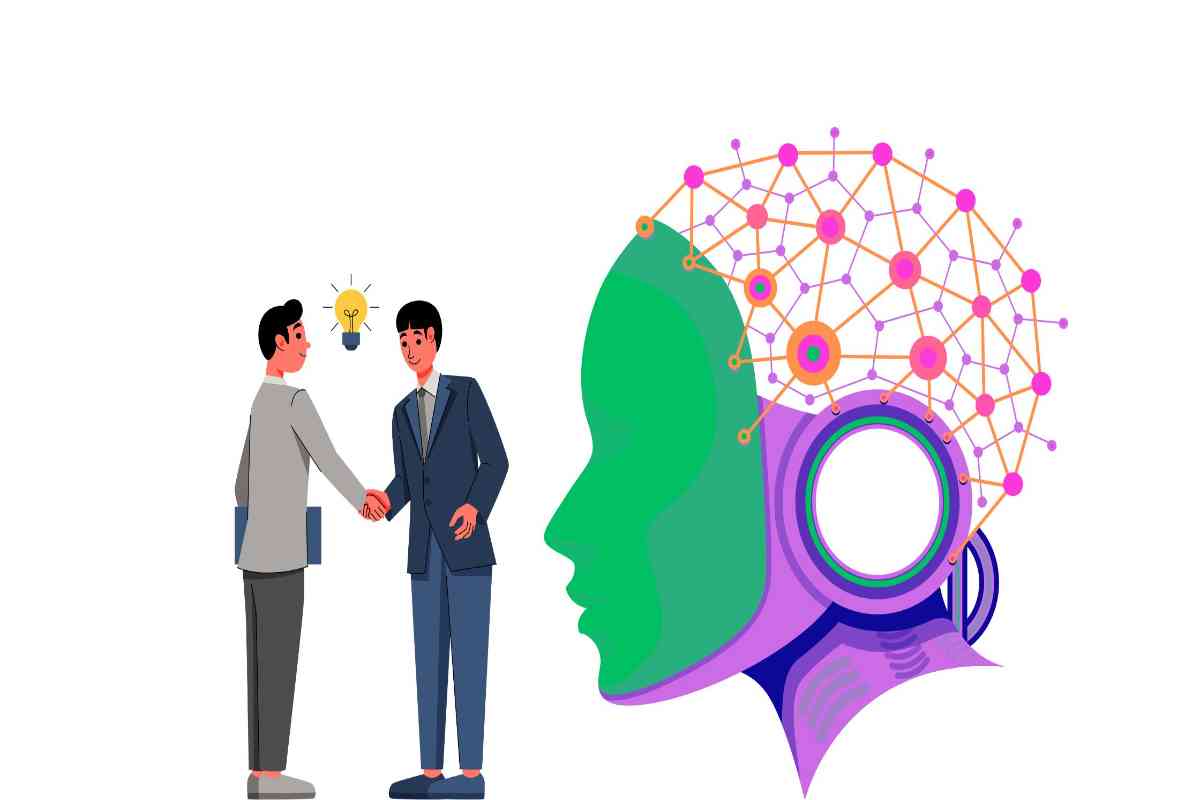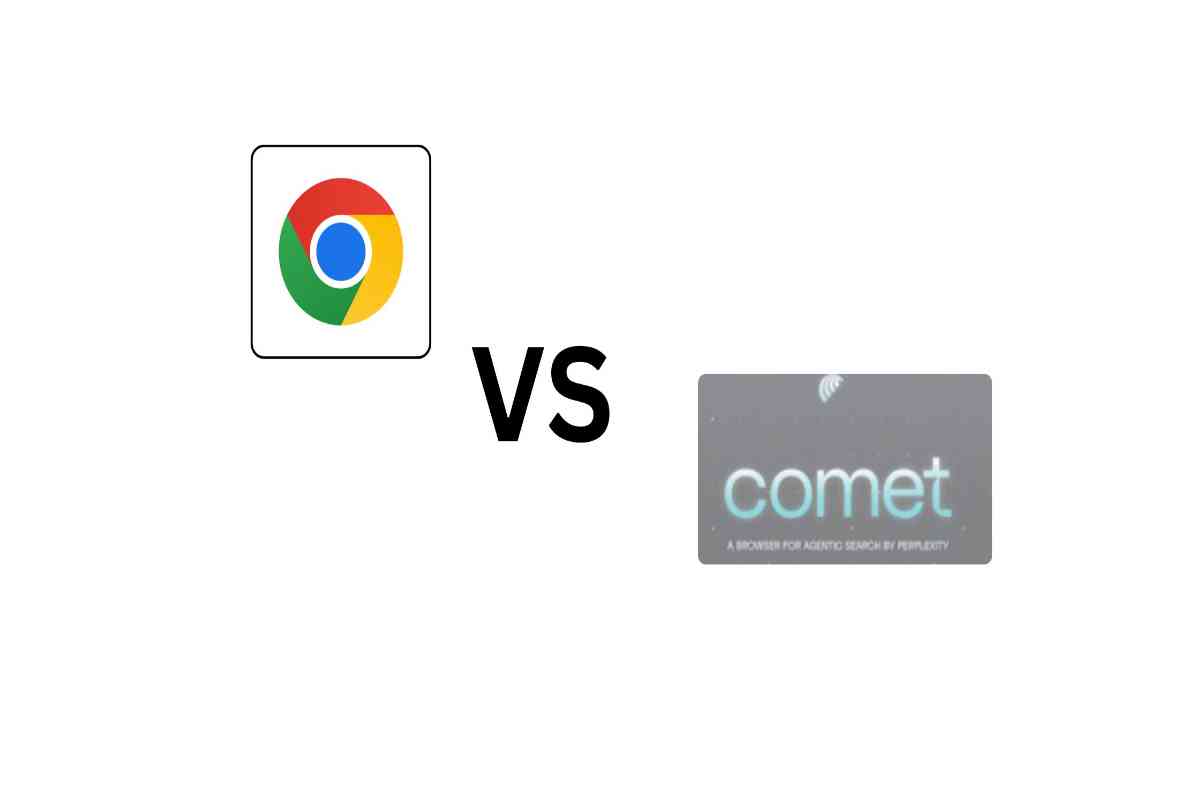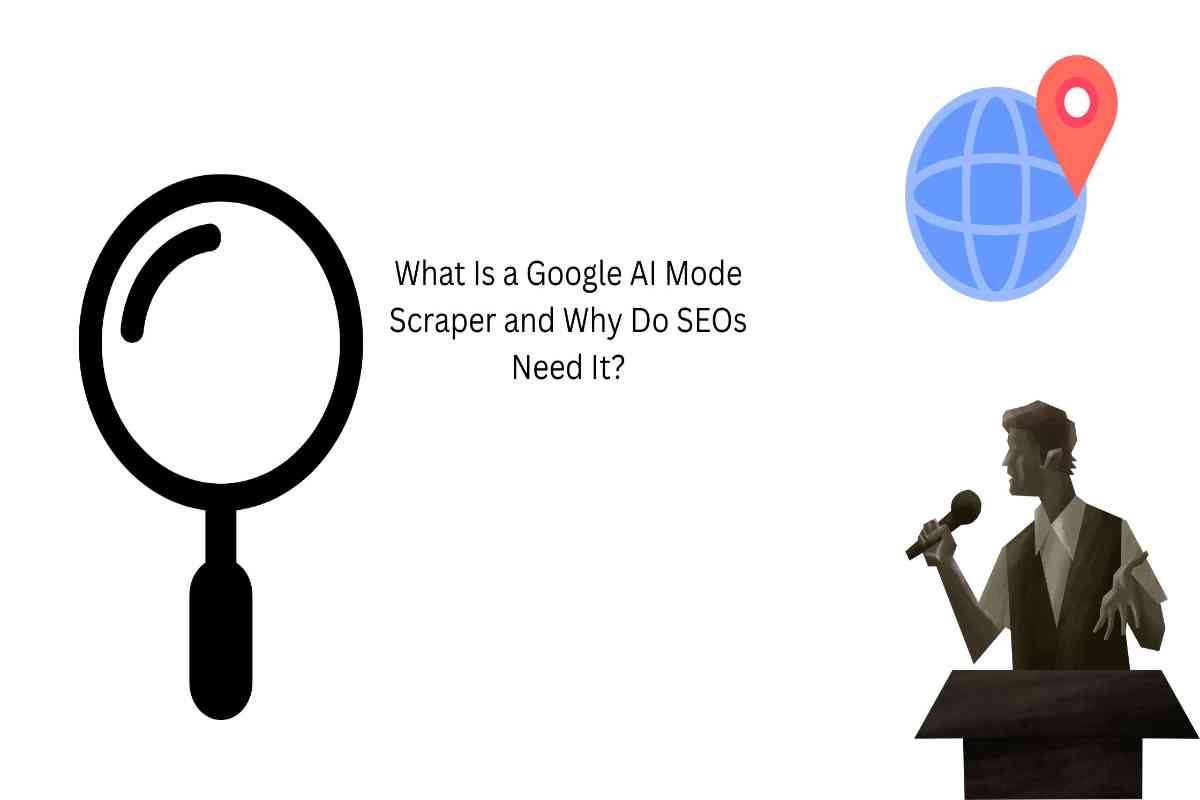
Artificial Intelligence (AI) has rapidly transformed the way we create, design, and communicate online. Among its many applications, AI image generation stands out as one of the most exciting tools for modern content creators. Whether you’re a marketer, blogger, social media manager, or designer, AI-generated visuals can save time, reduce costs, and unlock new creative possibilities.
Best use cases of AI image generation in content creation and why it has become an essential part:
1. Blog and Article Illustrations
Every blog or article benefits from visuals that make the content engaging and easy to understand. Traditionally, creators relied on stock photos or custom designs, which can be expensive and time-consuming.
With AI image generation, writers can instantly create unique illustrations tailored to the blog topic. For example, if you’re writing about renewable energy, you can generate custom infographics or conceptual images of solar farms instead of searching endlessly for the perfect stock photo.
Benefit: Saves time, avoids repetitive stock images, and gives blogs a distinctive visual identity.
2. Social Media Content
Social media thrives on visuals. From Instagram carousels to LinkedIn banners, platforms reward eye-catching content. AI image generators allow marketers to create scroll-stopping visuals that match brand style guidelines without needing a dedicated design team.
Some popular uses include:
- Quote graphics with custom backgrounds
- AI-designed memes for trending topics
- Unique product mockups for promotional posts
Benefit: Enables brands to scale their content quickly while maintaining consistency.
3. Product Marketing and E-commerce
For e-commerce businesses, product photography is often expensive and logistically challenging. AI tools can generate high-quality product visuals in different backgrounds, styles, and themes—without requiring photoshoots.
Imagine selling sneakers: AI can place them in urban settings, lifestyle shots, or minimalist studio backgrounds, all generated in minutes. This helps brands test different creative directions for ads and product listings.
Benefit: Cuts production costs and allows rapid A/B testing of marketing visuals.
4. Advertising and Campaign Design
Ad campaigns need fresh, innovative visuals that resonate with target audiences. AI-generated imagery enables advertisers to experiment with multiple styles, from realistic lifestyle photos to surreal conceptual art, without depending on large design budgets.
For example, a travel company can generate futuristic cityscapes for aspirational ads, while a food brand can create stylized recipe visuals. AI also helps marketers localize campaigns by tailoring imagery to cultural preferences in different regions.
Benefit: Flexibility and scalability in creating ad creatives for diverse audiences.
5. Branding and Visual Identity
Startups and small businesses often struggle with limited budgets for branding. AI image generation offers an affordable way to design:
- Logo ideas
- Website banners
- Icon sets
- Brand mood boards
Instead of hiring multiple designers, businesses can prototype their visual identity with AI and then refine it with professionals.
Benefit: Provides cost-effective, creative exploration for building brand assets.
6. Storytelling and Creative Writing
Writers, scriptwriters, and novelists can use AI image generation to visualize characters, scenes, or story concepts. This not only makes stories more immersive but also helps in pitching ideas to publishers or clients.
For example:
- A fantasy novelist can generate landscapes for world-building.
- A scriptwriter can create storyboards for a film scene.
- A children’s author can design whimsical illustrations for picture books.
Benefit: Enhances creativity and communication in the storytelling process.
7. Educational and Training Materials
Educational content often requires diagrams, charts, and visual aids to explain complex topics. AI image tools can generate:
- Simplified diagrams for science or math lessons
- Visual case studies for business courses
- Step-by-step illustrations for tutorials
By making learning materials more engaging, educators can improve retention and understanding among students.
Benefit: Simplifies knowledge-sharing with customized, accessible visuals.
8. Presentations and Corporate Content
Business professionals spend countless hours preparing presentations. AI can quickly generate custom slides, backgrounds, and visual metaphors that make presentations stand out. Instead of generic clip art, professionals can use unique visuals tailored to their industry or message.
For instance, a tech startup pitching investors could use futuristic AI-generated visuals to convey innovation, while a sustainability firm could create custom nature-themed slides.
Benefit: Elevates professionalism while reducing design workload.
9. Entertainment and Gaming
In the entertainment industry, AI-generated visuals are used to create concept art, gaming assets, and character designs. Game developers can brainstorm multiple design options quickly, while filmmakers can create visual references for set designs and costumes.
This speeds up the creative pipeline and provides more opportunities for experimentation.
Benefit: Expands creative possibilities in visual entertainment and design.
10. Personalized User Experiences
AI image generation is also being used to create personalized content for users. For example:
- Fitness apps generating custom meal or workout illustrations
- E-learning platforms creating unique visuals for each student’s progress
- Marketing emails with tailored graphics for different customer segments
Benefit: Enhances personalization, making content more engaging and memorable.
Challenges and Considerations
While AI image generation is powerful, it’s not without challenges. Some key concerns include:
- Originality: Avoiding over-reliance on AI visuals that may resemble existing works.
- Ethics: Ensuring generated images are not misleading or used unethically.
- Quality Control: AI sometimes produces imperfect visuals that need human refinement.
Content creators must use AI responsibly, treating it as a creative assistant rather than a complete replacement for human designers.
The Future of AI Image Generation in Content Creation
Looking ahead, AI image generation will become more integrated into everyday content workflows. We can expect:
- More tools combining text, audio, and visuals seamlessly
- Higher-quality, photorealistic outputs
- Features for generating editable vector graphics and layered designs
- Enhanced customization aligned with brand guidelines
This evolution will empower creators of all sizes to produce professional-grade visuals at scale.
Conclusion
AI image generation is more than a design shortcut—it’s a revolution in visual communication. From blogs and social media posts to branding, storytelling, and education, it empowers creators to deliver engaging, unique, and cost-effective content faster than ever before.
By embracing this technology thoughtfully, content creators can not only save time and resources but also explore new creative directions that were once limited by budget or design expertise.
In short, the best use cases of AI image generation in content creation are the ones that blend human creativity with AI efficiency—transforming ideas into impactful visuals that resonate with audiences.


